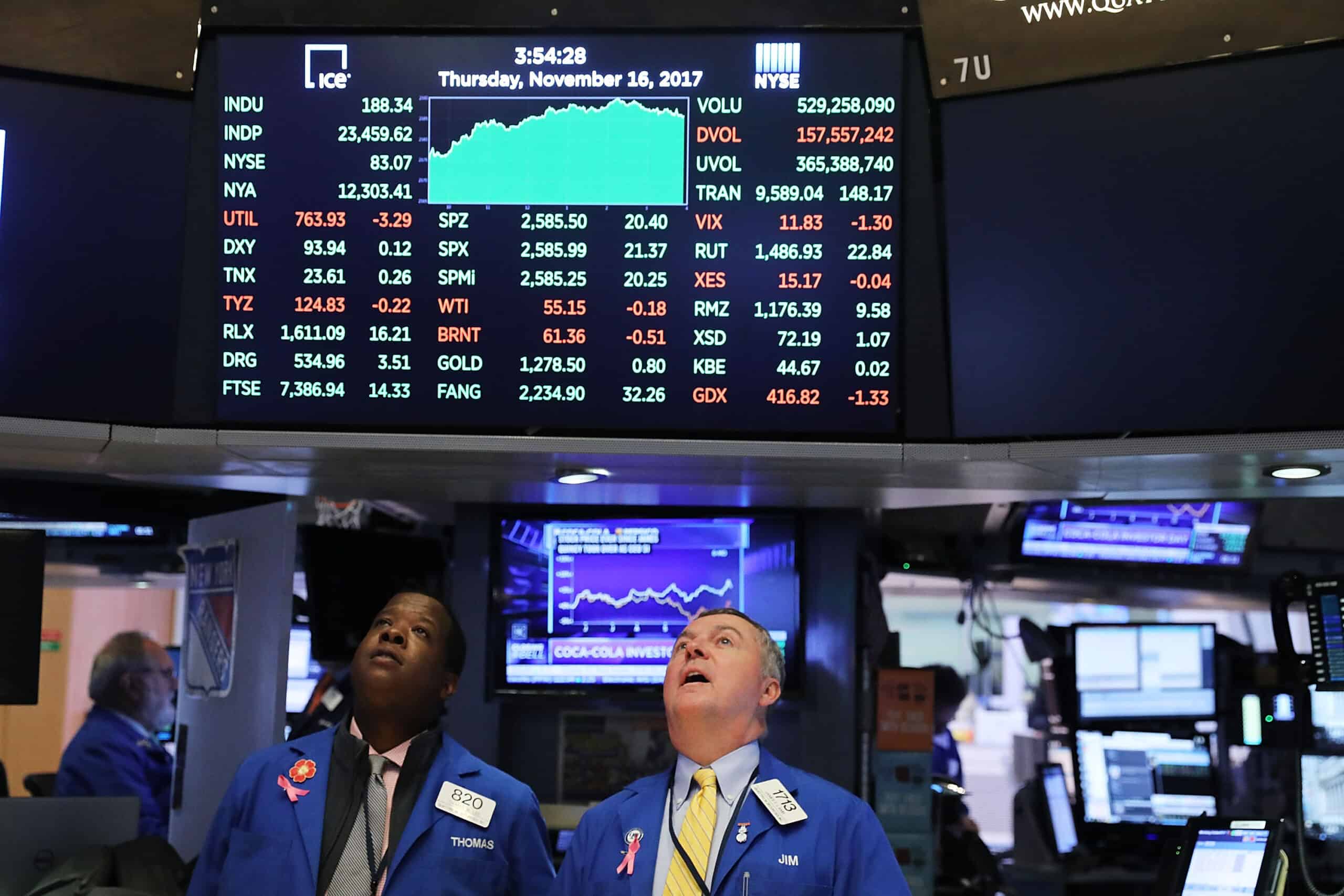
"On March 13, 1933, the Dow Jones Industrial Average rose 15.3% in one day, an all-time record. The surge came after President Roosevelt's declaration of a bank holiday, which was an effort to halt Depression-era panic."
"Analysts say the end of global trade wars could be the only plausible trigger for a similar jump. A modern-day 15% gain in the Dow would equal roughly 6,700 points today."
"U.S. plans include potential 30% tariffs on imports from the EU, Canada, Mexico, and possibly China. This could intensify trade wars and further disrupt global markets."
"Experts predict tariffs could push inflation near 10%. The CPI spiked to 9.1% in June 2022, marking a 40-year high and prompting a rapid series of Fed rate hikes."
On March 13, 1933, the Dow Jones Industrial Average saw a record single-day surge of 15.3%. This increase occurred after President Roosevelt declared a banking holiday to alleviate panic during the Great Depression. Today, a similar jump would equate to over 6,700 points. Analysts suggest that ending global trade wars might be the only feasible circumstance for such a rise today. Additionally, potential 30% tariffs on goods from various nations pose threats of rising inflation and economic slowdown, worsening financial challenges for households.
Read at 24/7 Wall St.
Unable to calculate read time
Collection
[
|
...
]